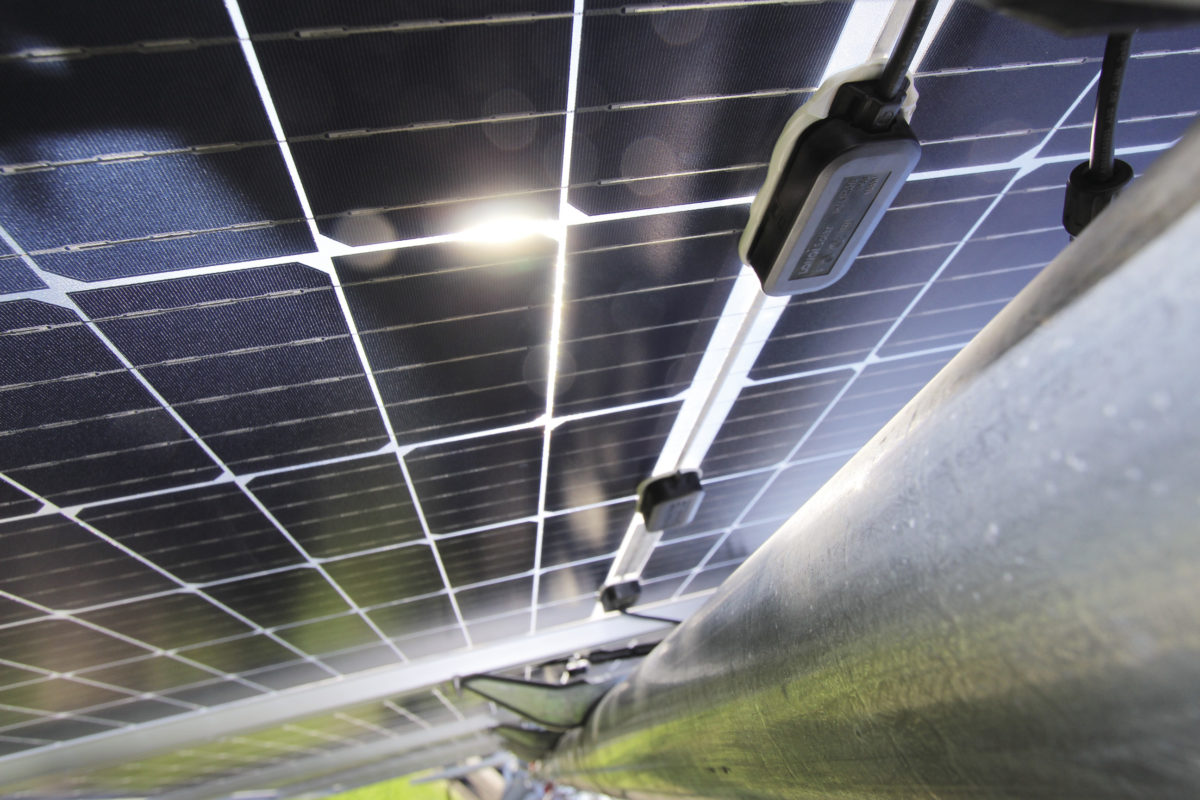Researchers from the Research Center for Energy Resources and Consumption (CIRCE) in Spain have studied PVsyst software and Comsol Multiphysics software to assess the performance of bifacial PV systems.
PVsyst is a globally popular software package to study, size, simulate, and analyze data from PV systems. Comsol Multiphysics software is capable of solving the complete Maxwell equations and carrier transport equations, offering a detailed thermal model including the main self-heating processes that occur in a solar cell.
Both software programs use the View Factor method to estimate irradiance incident on both sides of bifacial modules. PVsyst and Comsol use different simulation methods, but PVsyst is capable of calculating different parameters based on the albedo, irradiances, and view factors.
PVsyst software simulates a bifacial PV system by calculating the irradiance on the front and rear side of a panel, and the energy generated. Comsol software can perform simulations with more steps, including input data such as mesh, materials, boundary conditions, and solver setup.
The analysis considered geographical site parameters, orientation, system configuration, detailed losses, and module layout. The parameters that affect PV system performance are albedo, inclination, the distance between panels, and the height to the ground.
After conducting several simulations, the research group concluded that PVsyst is more direct in calculation after defining the components and installation location. Comsol provides more detailed studies of module performance and precise thermal analysis.
“With the same simulation method between software, PVSyst gives us a higher value for solar production in almost all cases,” it stated.
The academics found that an increase in albedo values or distance between modules increased PV power generation.
“As far as height is concerned, there is a slightly illogical behavior in both software, given that a significant increase in production was expected but the result has been a minimal increase,” they said.
They presented their findings in “Multiphysics simulation of bifacial photovoltaic modules and software comparison,” published in Solar Energy.
This content is protected by copyright and may not be reused. If you want to cooperate with us and would like to reuse some of our content, please contact: editors@pv-magazine.com.




The blurb under the title of this PV Magazine article is misleading:
“They found that PVsyst outperformed Comsol in calculating solar production in nearly all cases.”
What does “outperformed” mean? PVsyst is more accurate? No, it seems to be a misinterpretation of this line:
“With the same simulation method between softwares, PVSyst gives us a higher value for solar production in almost all cases.”
In fact, the SEJ article (fortunately open access) does not compare to any measurements and therefore can only report on differences, but not on which simulation is more accurate. Anyway, simulation accuracy is not just a question of the software itself but also of the inputs to the software.